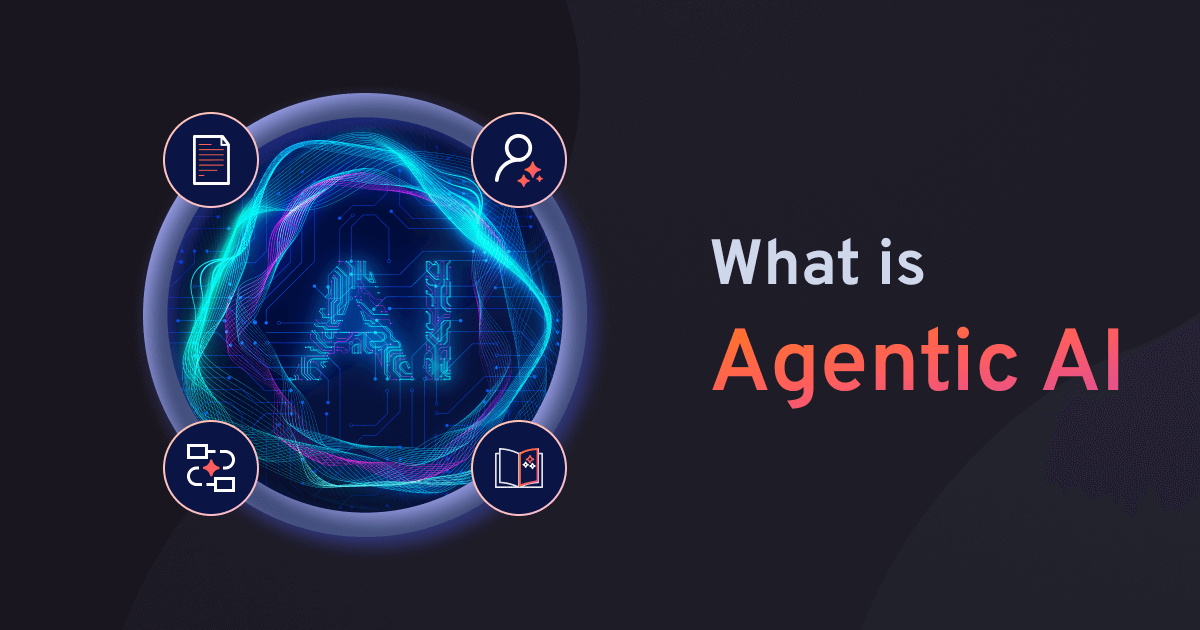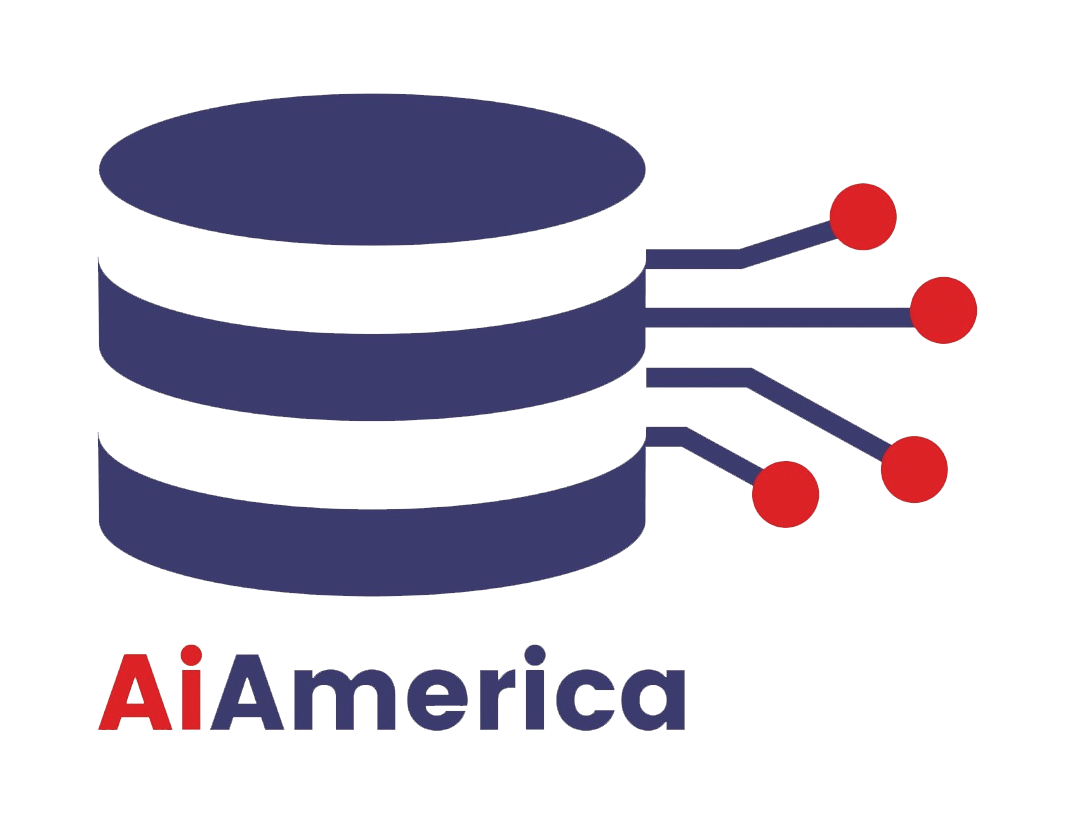
Agentic AI represents the next evolutionary step in artificial intelligence, where AI systems act independently with minimal supervision to achieve specific goals. Unlike traditional AI or generative models that respond passively to prompts, agentic AI systems proactively plan, reason, and take actions autonomously in dynamic environments, adapting as needed to new information or challenges.
What is Agentic AI?
Agentic AI comprises autonomous agents—software entities powered by sophisticated large language models (LLMs) and advanced reasoning—that can break down complex tasks into sub-tasks, make decisions, and execute actions independently. This type of AI “thinks” through iterative planning and problem-solving, weighing options, anticipating outcomes, and adjusting strategies in real-time via continuous learning from data and feedback.
Key Attributes
- Autonomy: Agents operate without step-by-step human intervention, driven by predefined objectives.
- Adaptability: They respond dynamically to changing contexts and unforeseen obstacles.
- Multi-agent Collaboration: Multiple AI agents can work together, sharing information and coordinating actions.
- Integration: Agentic AI systems connect seamlessly with external tools, APIs, and databases to retrieve information or perform operations.
- Learning and Improvement: They evolve through reinforcement learning and pattern recognition to optimize performance over time.
How Agentic AI Works
- Perceive: Agents ingest and analyze data from various sources—including API calls, databases, documents, and sensors—to understand the environment and task context.
- Reason: Leveraging LLMs and ML models, agents interpret goals, devise multi-step workflows, make decisions, and plan actions.
- Act: Agents autonomously execute tasks by interacting with software systems, APIs, or devices.
- Learn: Agents improve by learning from outcomes and new data, refining future behavior automatically.
Applications and Use Cases
- Customer Service: Agentic AI surpasses traditional chatbots by autonomously handling complex, multi-step interactions such as verifying transactions, issuing refunds, updating systems, and proactively anticipating customer needs. For example, an AI agent might detect shipping delays and notify customers with solutions, all without human involvement.
- Enterprise Automation: It streamlines workflows in supply chains by predicting demand shifts, rerouting shipments in real-time, and managing logistics independently.
- Research and Development: Agentic AI orchestrates complex R&D pipelines by synthesizing data from multiple sources, planning experiments, and presenting actionable insights.
- Incident Response: AI agents can automate security incident resolution and post-incident analysis, accelerating recovery and prevention.
- Hyper-Personalization: In marketing and sales, agents learn user preferences to deliver tailor-made recommendations and interactions in real-time.
Benefits
- Greater efficiency and cost savings by automating complex tasks end-to-end.
- Enhanced user experiences through proactive and personalized interactions.
- Scalability and robustness via multi-agent collaboration and continuous learning.
- Ability to operate 24/7 without human fatigue or oversight.
- Improved decision intelligence by combining large-scale data with real-time reasoning.
Future Trends
Agentic AI is witnessing rapid growth with emerging trends such as self-healing AI systems that resolve issues autonomously, and hyper-personalized agents adapting on an individual user level. By 2029, it is predicted that agentic AI will autonomously handle up to 80% of common customer service issues, revolutionizing enterprise operations and customer engagement.
In summary, agentic AI is transforming AI from reactive tools to autonomous, goal-driven agents capable of complex reasoning, planning, and action. This paradigm shift drives smarter, more adaptive artificial intelligence applicable across industries from customer service and supply chain to research and security









